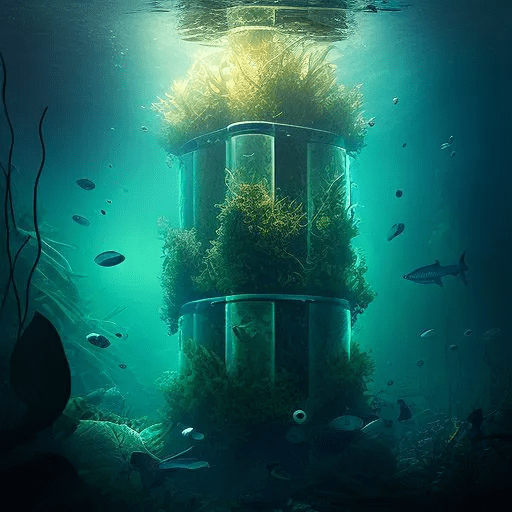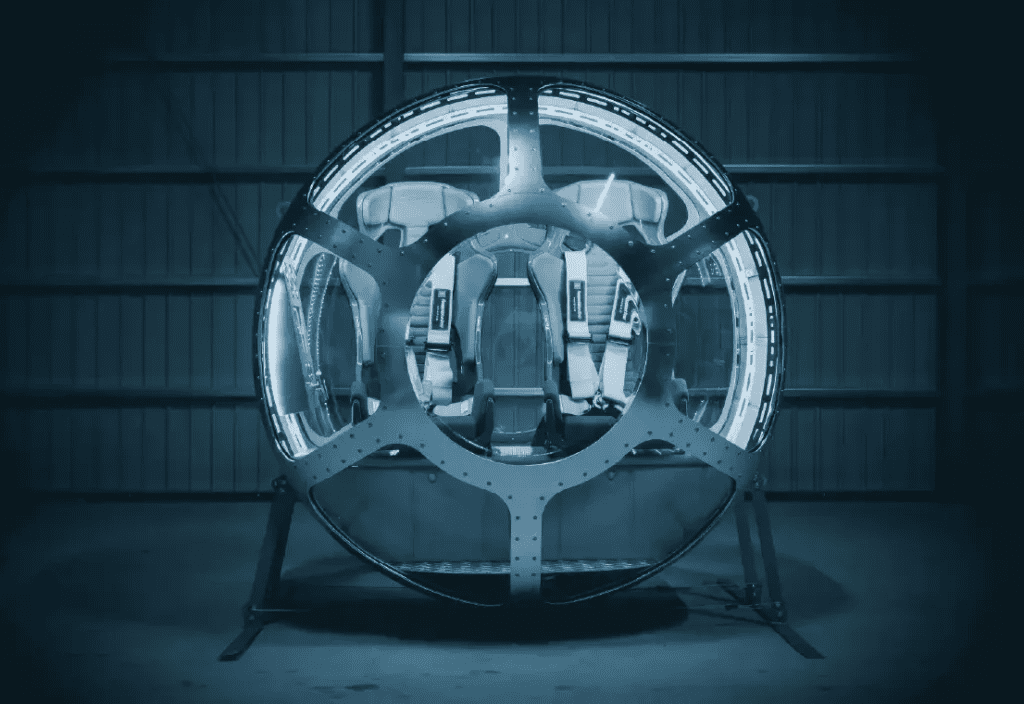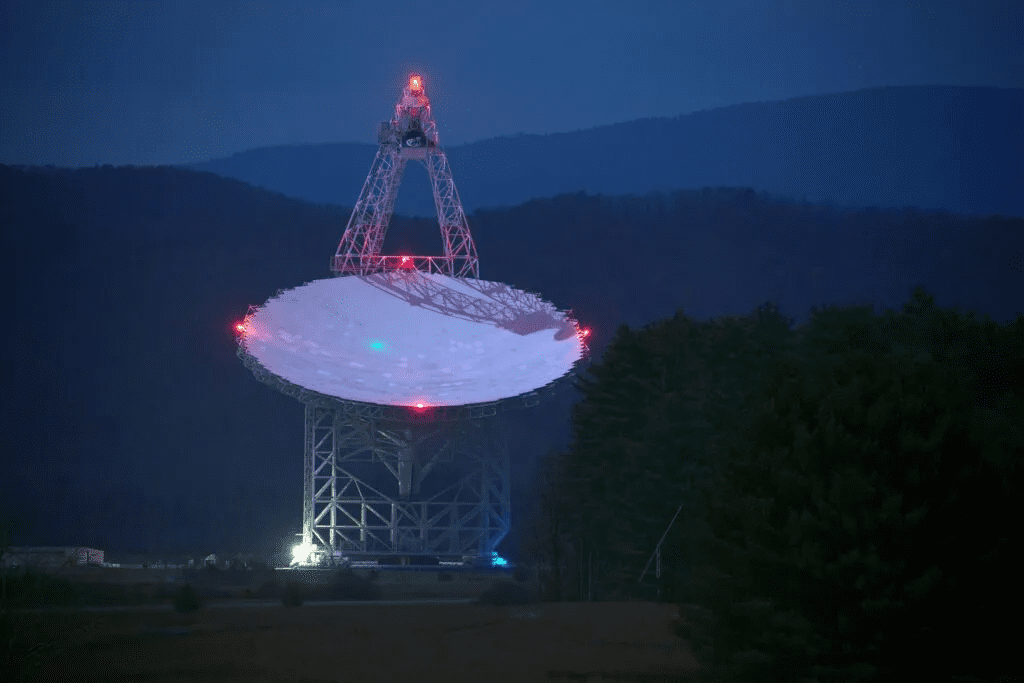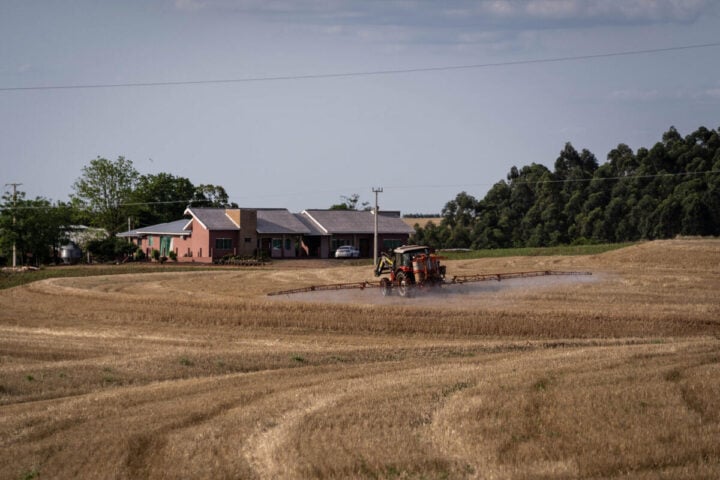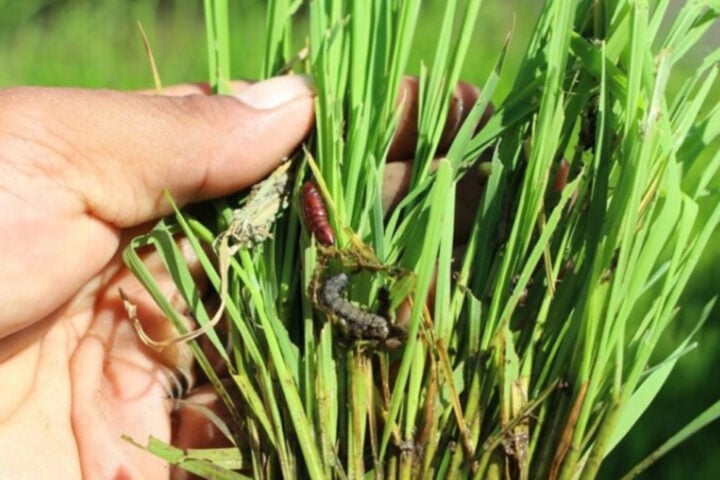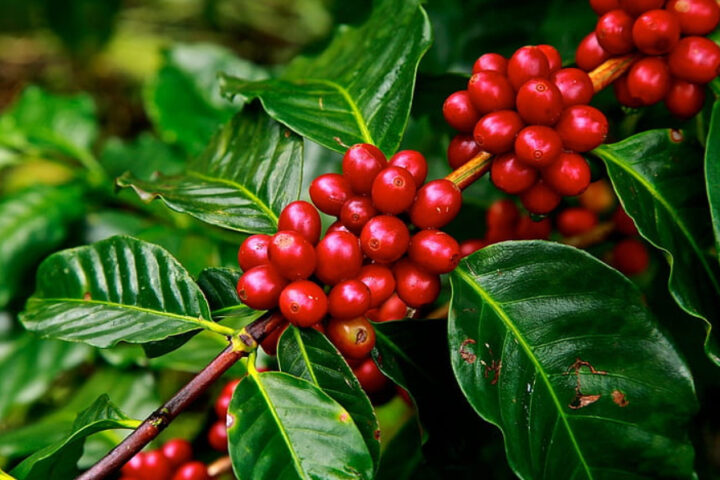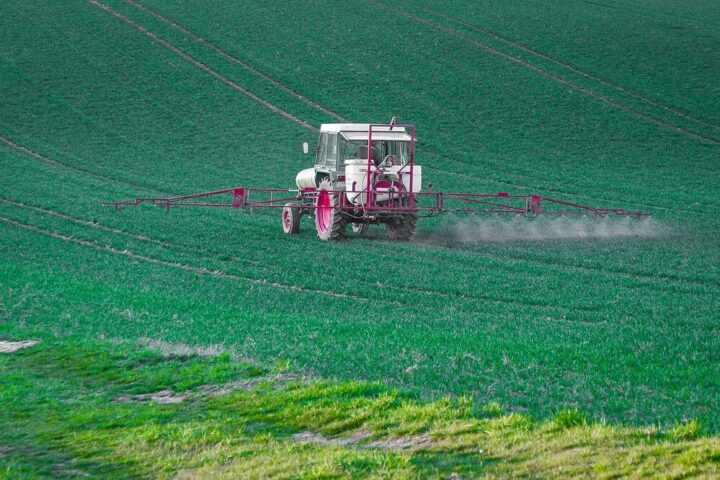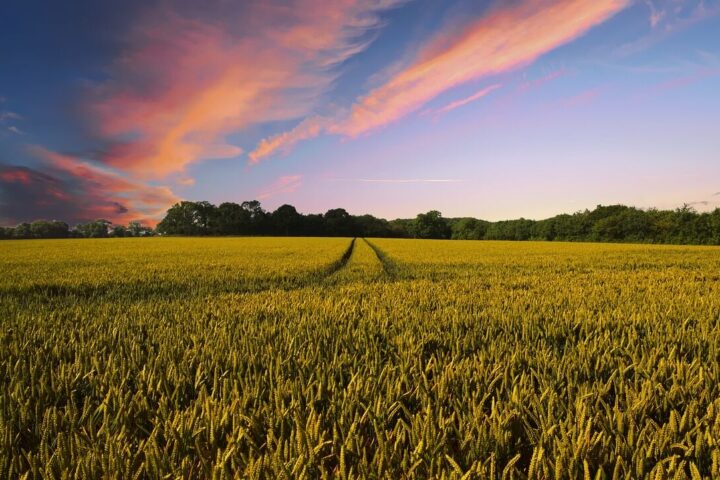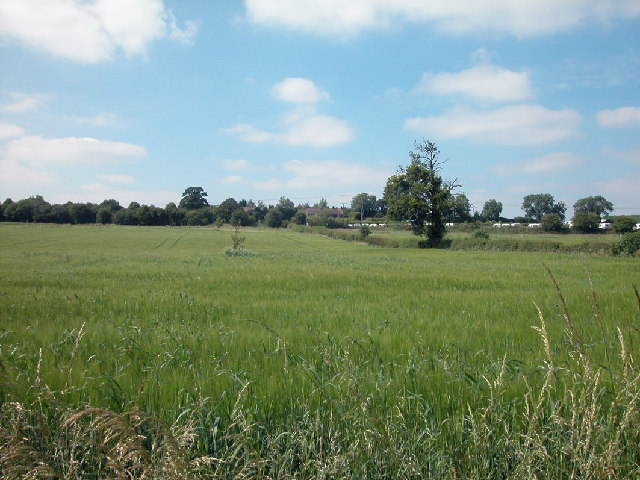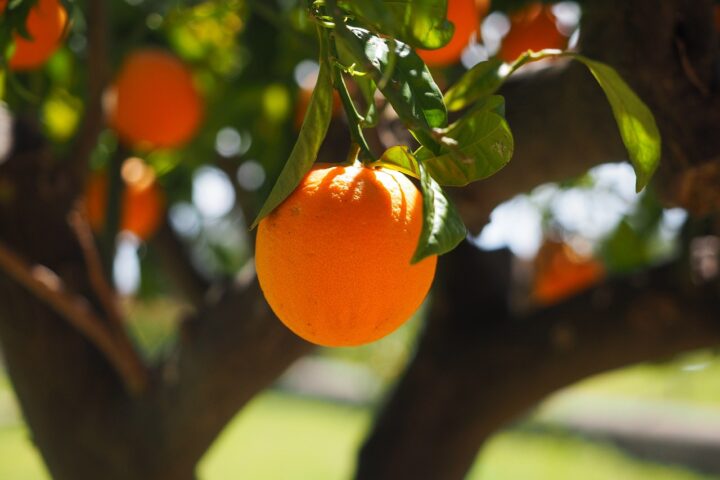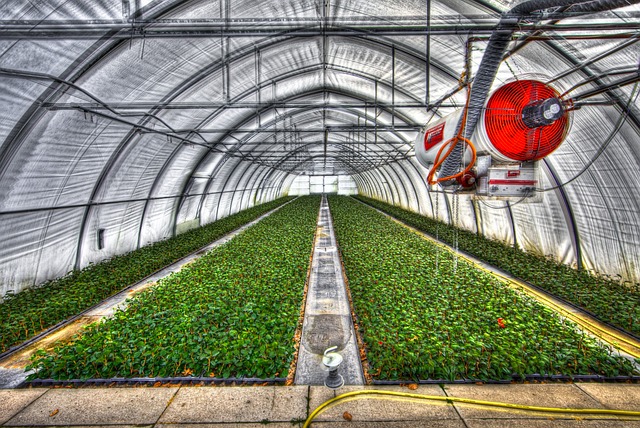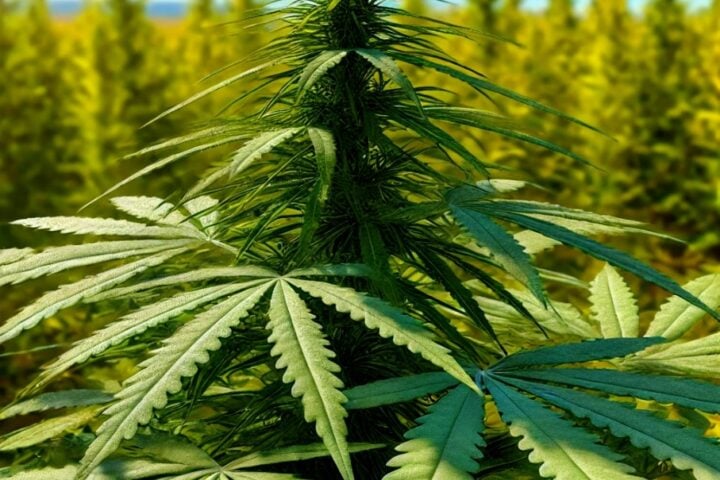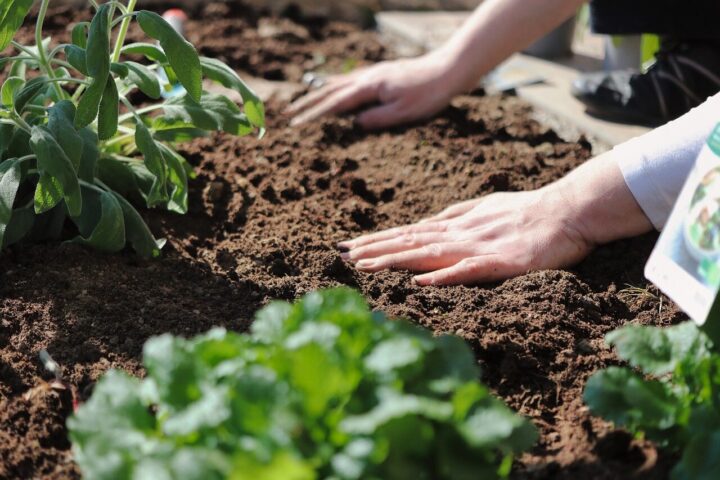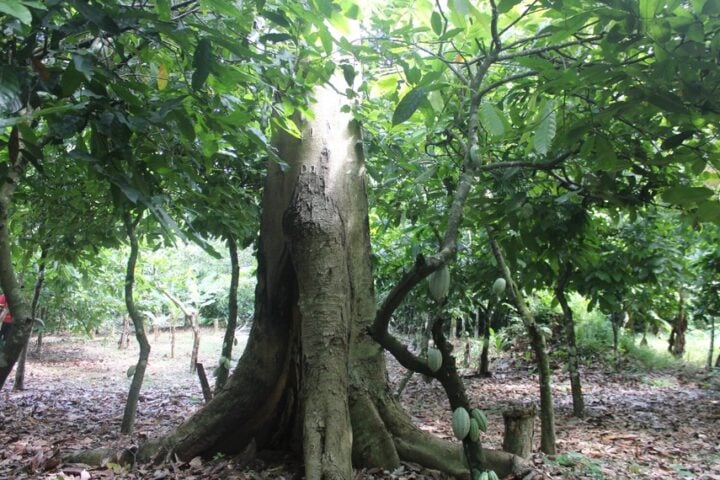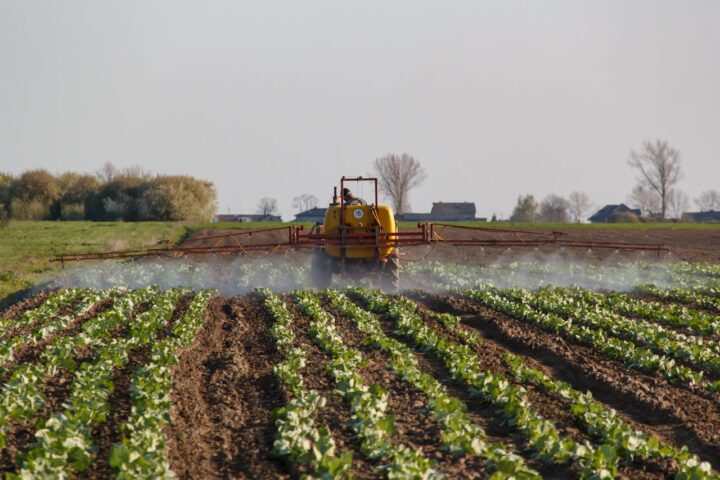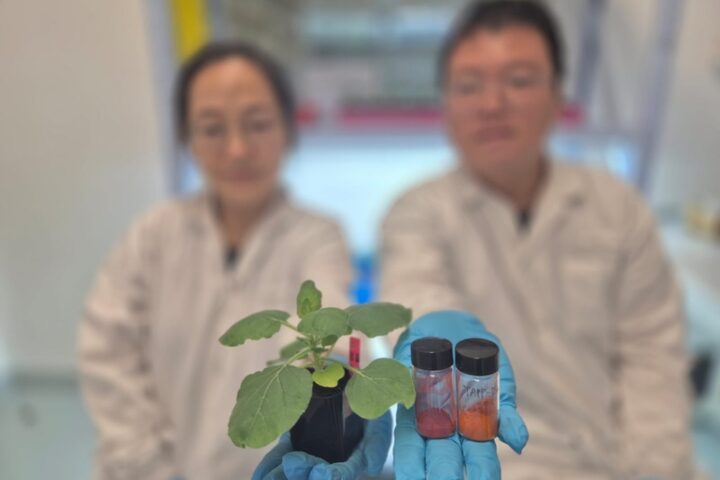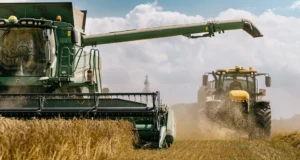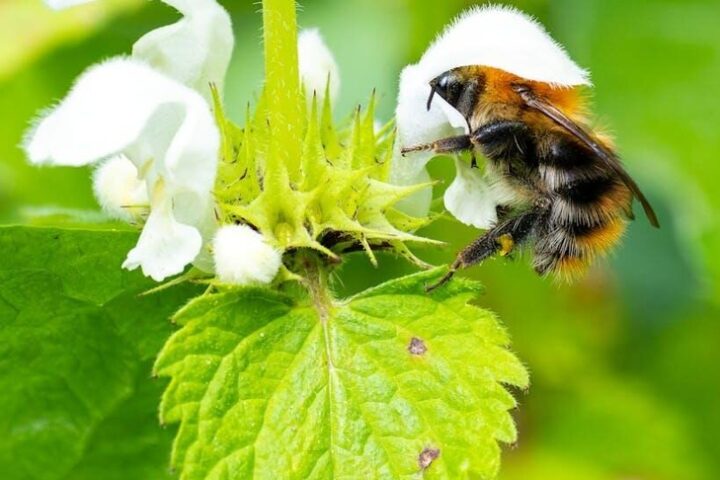Vertical ocean farming is a new type of agriculture that uses floating farms in the ocean to produce food. It involves farming ocean fish and crustaceans in vertically stacked cages that are suspended from the surface of the water. Vertical ocean farming is much more efficient than traditional methods as it allows for greater production while using less space. This method could help increase global food production, while also providing jobs and opportunities for people living near the coast.
What on Earth are Vertical Ocean Farms?
Vertical ocean farms are anchored to the seabed, so they don’t need land to grow crops. The farms feature ropes strung across the surface of the water attached to floating buoys and seabed anchors. Mussel rocks and scallop nets hang from these ropes into the ocean, and oyster and clam cages hang down all the way to the seabed. By using this design, the farming is practically invisible from the surface. Underneath the water, however, is a farm bursting with activity.
From Sea to Plate: The Evolution of Ocean Farming
Ocean farming is the practice of growing crops in large, vertical farms. Vertical ocean farming has a long history, dating back to the 1960s when scientists developed aquaculture techniques that allowed for the cultivation of marine species such as salmon and shrimp in captivity. Over the years, vertical ocean farming has evolved into an increasingly popular method for cultivating food crops. Today, there are several vertically integrated companies operating large-scale vertical farms across the world.
Dive into the Deep End: Why Vertical Ocean Farming is Making Waves
Vertical ocean farming could revolutionize how we eat and help us address some of the world’s biggest challenges. Besides, humans are developing and commercializing the next generation of sustainable food production, which will be able to feed our growing population while restoring marine ecosystems. This technology will help reverse some of the damage caused by overfishing and pollution.
Similar Posts
Dolla Dolla Bills Y’all: The Economic Benefits of Vertical Ocean Farming
This method of farming saves farmers on input costs and also provides more economic stability. This method also has the potential to lead to more jobs in industries such as farming and research. 3D ocean farming is a team of scientists, engineers, and entrepreneurs who have been working on this project for over 10 years. Their goal is to create an innovative way to produce food in the future by utilizing patented technology that will allow them to grow fish in a sustainable manner with minimal impact on the environment.
Clean Seas, Clean Conscience: The Environmental Benefits of Vertical Ocean Farming
Seaweed can absorb dissolved nitrogen and phosphorus, which are pollutants that often end up in the water due to agricultural runoff. Other shellfish such as oysters are also great at removing nitrogen from the oceans. Vertical ocean farms clean up the oceans. Mussels feed on fish excretions, which cleans the water and helps keep the ecosystem thriving. Their suspended farming cages also act as an artificial ocean reef that lessens the impact of storm surges on coastal communities.
Riding the Wave of the Future: The Benefits of Vertical Ocean Farming
Vertical farming is an emerging technology that allows for the growth of crops in a controlled environment on a large scale. It has many potential benefits, including reducing environmental impact, increasing food security, and creating new market opportunities. Vertical farming can be used to produce a wide range of crops, including fruits, vegetables, and even livestock. By growing crops in a controlled environment, vertical farms can produce high yields using limited land resources, they require very little water compared to traditional agricultural practices and they generate minimal waste.
The Bottom Line
Vertical ocean farming is an innovative and sustainable method of seafood production that has the potential to address some of the world’s biggest challenges. By growing food in the ocean, this technology can minimize environmental damage, reduce the impact of overfishing and pollution, and provide economic benefits. Moreover, vertical ocean farming can help increase global food production, create new job opportunities, and contribute to restoring marine ecosystems. As this technology continues to evolve and grow, it holds great promise for a more sustainable future for both the planet and its inhabitants.
